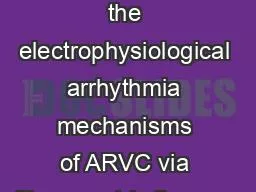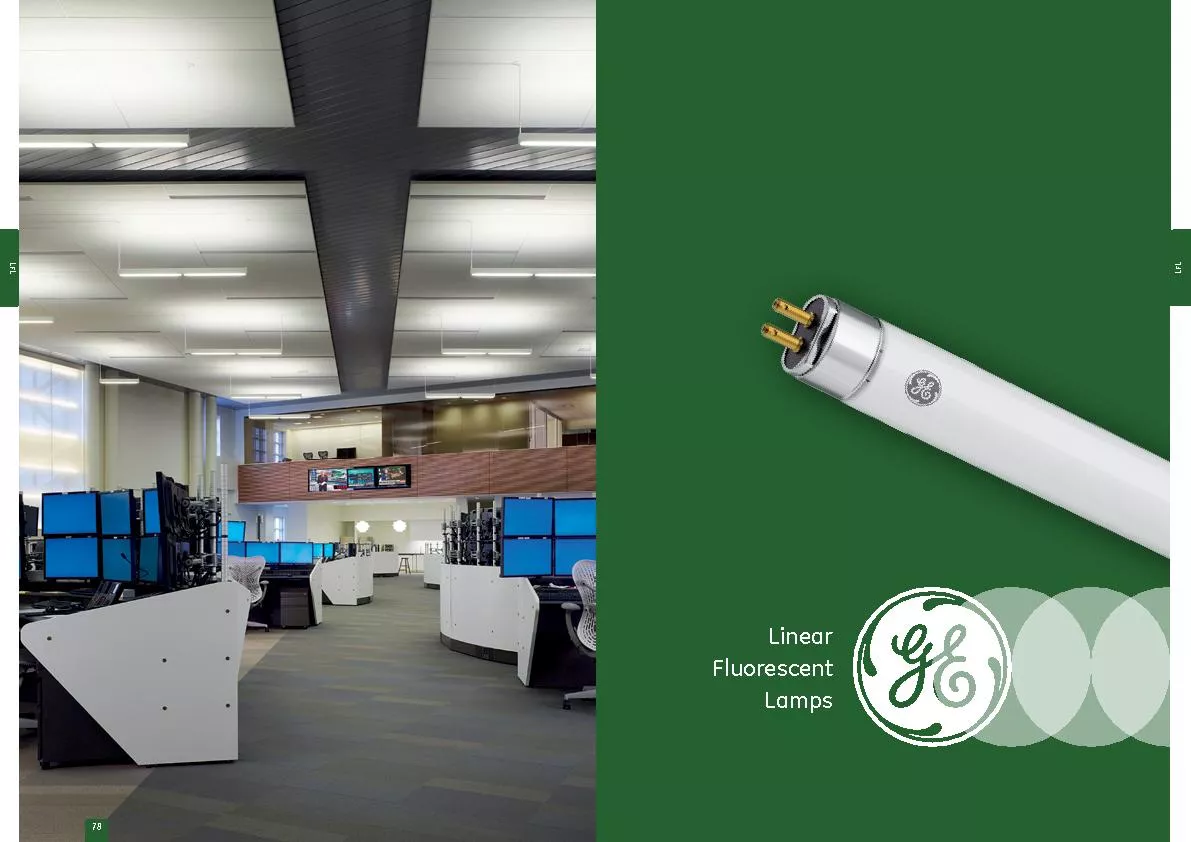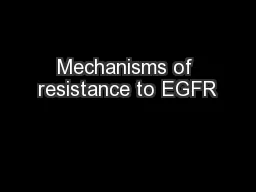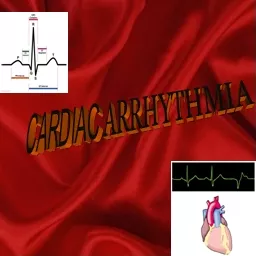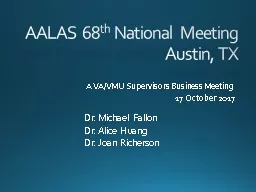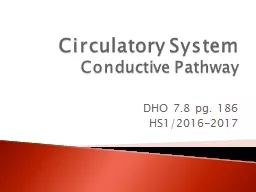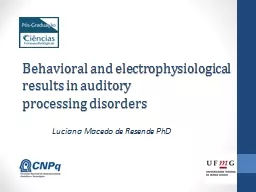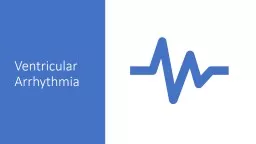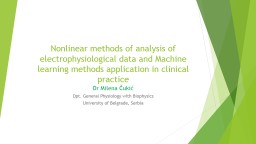PPT-Analysis of the electrophysiological arrhythmia mechanisms of ARVC via multiparametric
Author : bagony | Published Date : 2020-09-28
Manasa Kalluri 1 Louise Reilly PhD 1 and Lee Eckhardt MD 1 1 Cellular and Molecular Arrhythmia Research Program University of Wisconsin School of Medicine and Public
Presentation Embed Code
Download Presentation
Download Presentation The PPT/PDF document "Analysis of the electrophysiological arr..." is the property of its rightful owner. Permission is granted to download and print the materials on this website for personal, non-commercial use only, and to display it on your personal computer provided you do not modify the materials and that you retain all copyright notices contained in the materials. By downloading content from our website, you accept the terms of this agreement.
Analysis of the electrophysiological arrhythmia mechanisms of ARVC via multiparametric: Transcript
Download Rules Of Document
"Analysis of the electrophysiological arrhythmia mechanisms of ARVC via multiparametric"The content belongs to its owner. You may download and print it for personal use, without modification, and keep all copyright notices. By downloading, you agree to these terms.
Related Documents

